Raymond Moriyama, co-founder of Ontario-based Moriyama Teshima Architects, died September 1st at the age of 93. The architect was acclaimed for his firm’s body of work, which includes the Ontario Science Centre (1964), the Toronto Reference Library (1977), and the Canadian War Museum (2005) in Ottawa among many other projects.
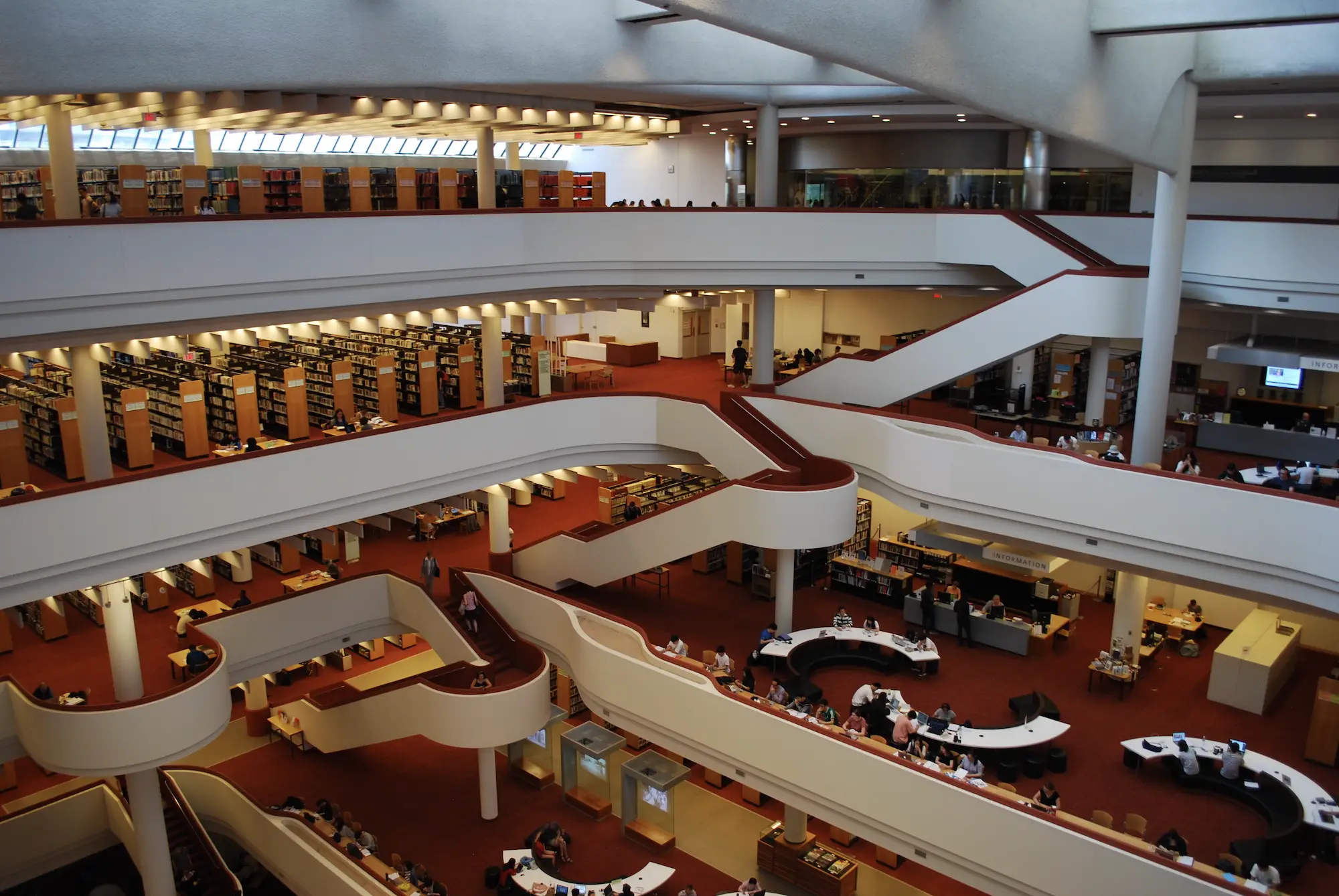
Toronto Reference Library. Photo by Enoch Leung, Flickr
In a speech published by the University of Toronto, Moriyama noted: “It is a psychological hell when your own country, the country of your birth, stamps you an 'enemy alien,' disowns you and expels you.” Moriyama sought solace on the banks of the nearby Slocan River, a tributary to the larger Kootenay River, where he embarked on his first architectural project: a tree house built of materials sourced from within the internment camp and nearby farmsteads. “That tree house, when finished, was beautiful. It was my university, my place of solace, a place to think and learn,” said Moriyama.
Upon release from the camp, and stripped of their possessions, Moriyama and his family relocated to the Ontario city of Hamilton. He enrolled at the University of Toronto and earned a Bachelor of Architecture in 1954 and completed a Masters in Civic and Town Planning from Montreal’s McGill University in 1957; he founded his own firm in Toronto the following year. Fellow Japanese-Canadian architect Ted Teshima joined the firm in 1966 as architect and project manager and was elevated to partner in 1970, beginning a nearly four-decade professional collaboration as Moriyama Teshima Architects. Both retired in the early 2000s but continued to serve as partners emeritus. Teshima died in 2016.
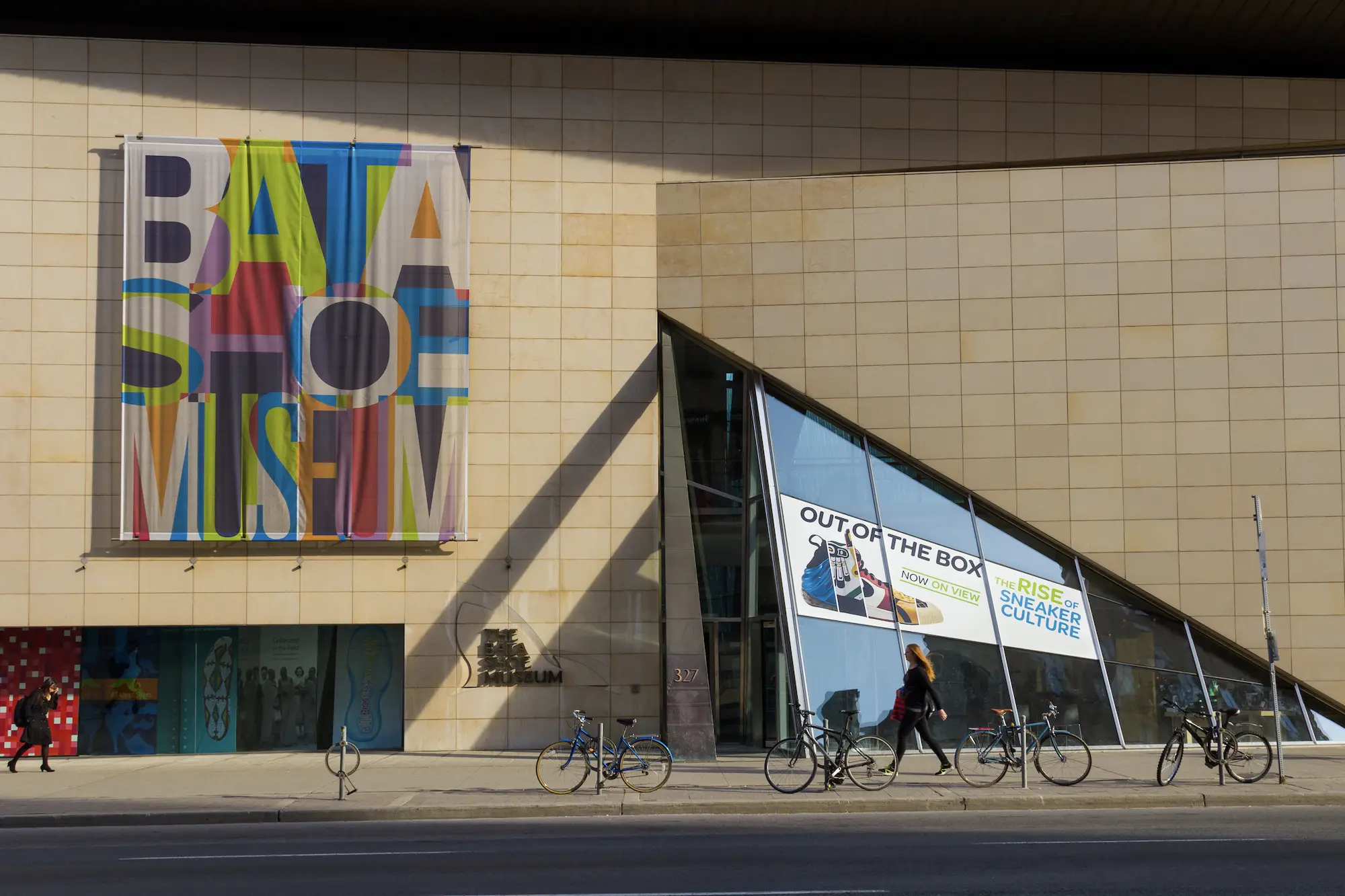
The Bata Shoe Museum in Toronto. Photo by mikecphoto, Shutterstock
While Moriyama’s work, predominately major civic, cultural, and educational commissions, was largely centered in Ontario, with projects such as the main building at the Toronto Botanical Garden (1965), Ottawa City Hall (1990), the Bata Shoe Museum (1995) there were several farther afield, namely the Canadian embassy in Tokyo (1991) and the National Museum of Saudi Arabia (1999). Since his retirement, the firm has expanded its presence across Canada.
Moriyama was awarded numerous honorary degrees and prizes throughout his long career, including the Royal Architecture Institute of Canada’s Gold Medal, the Confederation of Canada Medal, and, most notably, the highest honor of the land, a Companion of the Order of Canada. In 2014, Moriyama and the Royal Architectural Institute of Canada launched the Moriyama RAIC International Prize. The $100,000 biannual prize is open to architects and architectural works around the globe that display a firm commitment to social justice and the betterment of the built environment.
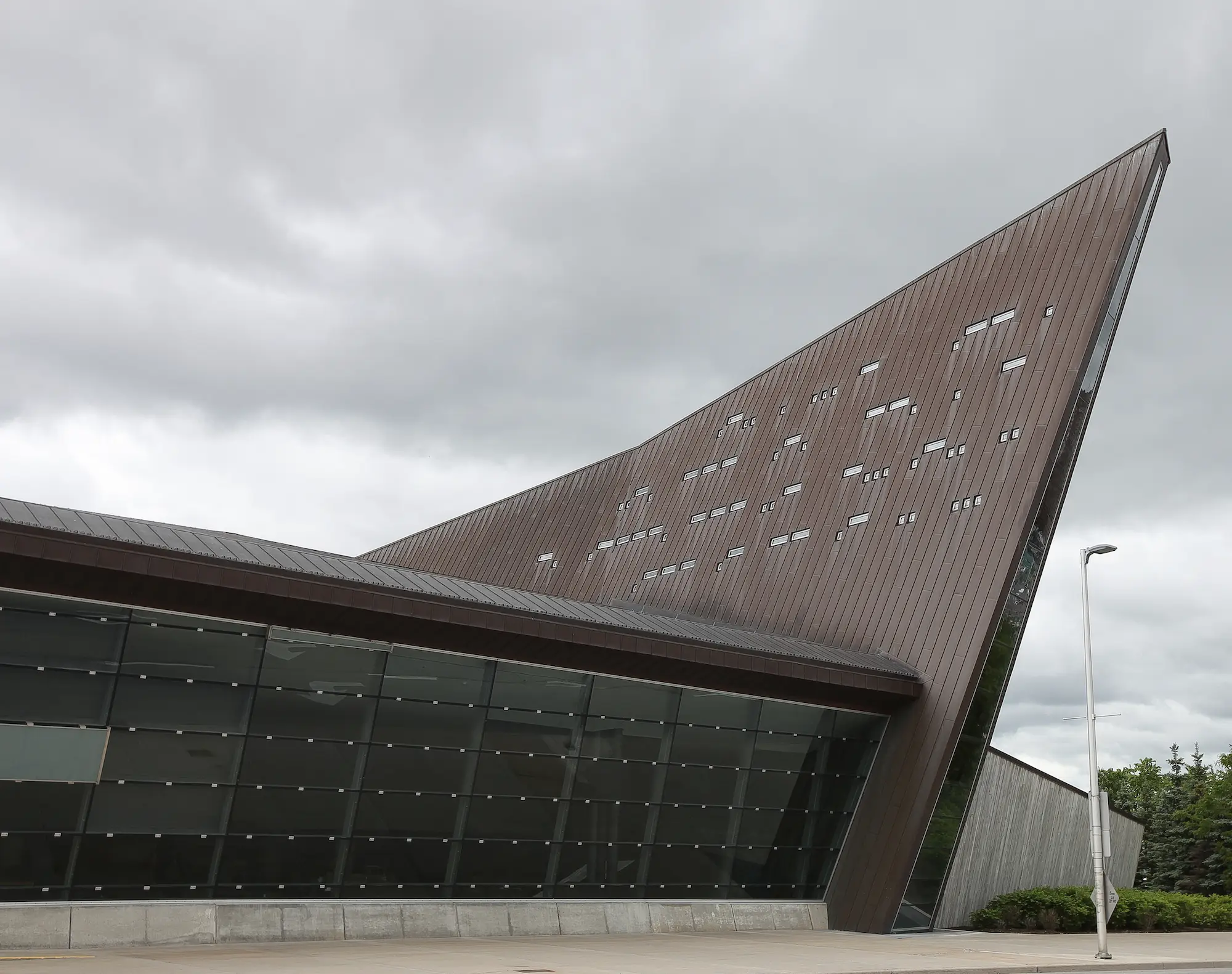
Canadian War Museum in Ottawa. Photo by Rick Ligthelm, Flickr
Raymond Moriyama was the father of five children, including two sons who became architects in their own right: Jason Moriyama is a partner in his father’s firm, and Ajon Moriyama, founded his own firm, Ajon Moriyama Architect, in 2013.



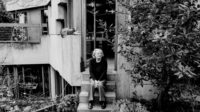
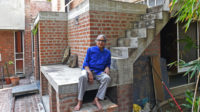

Post a comment to this article
Report Abusive Comment